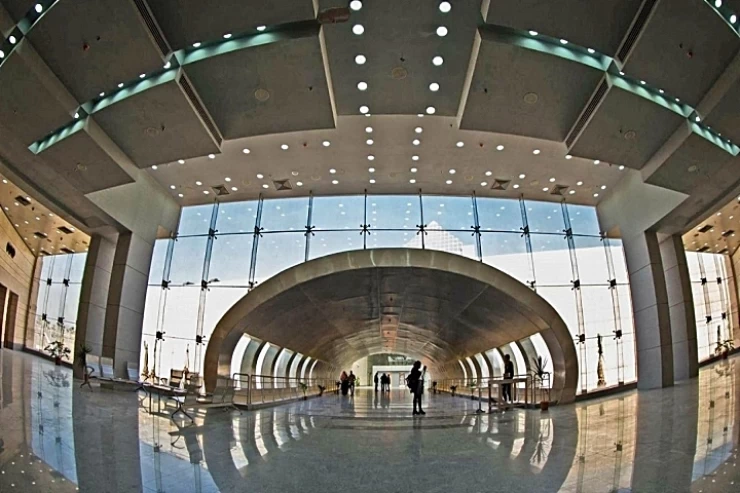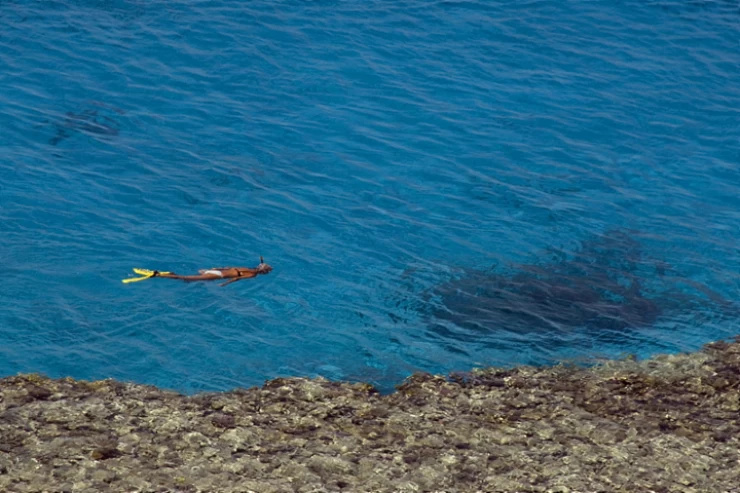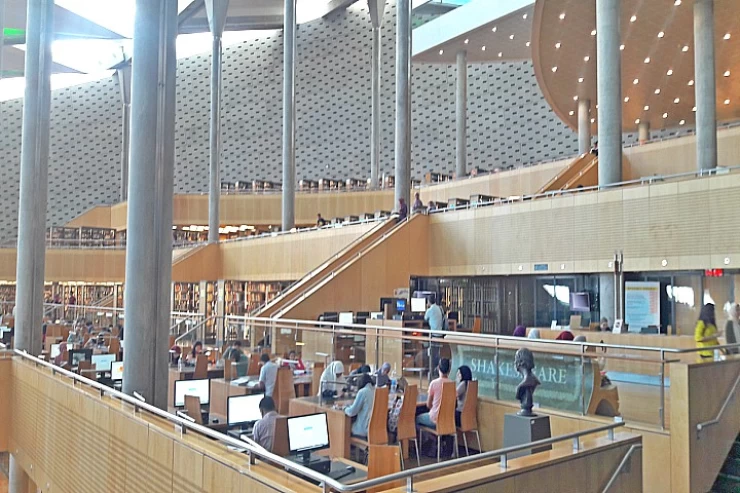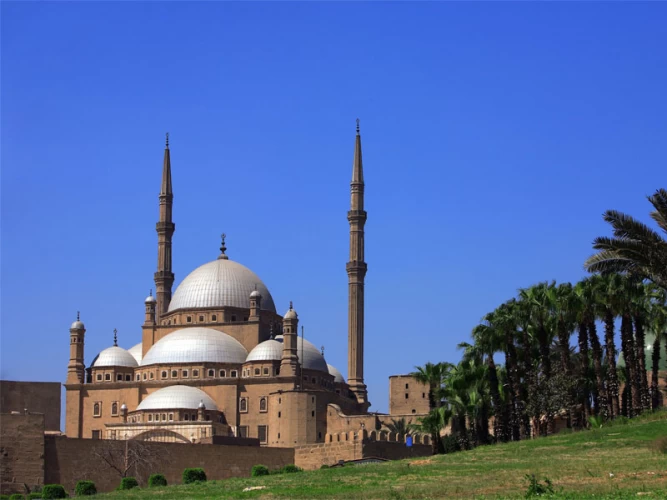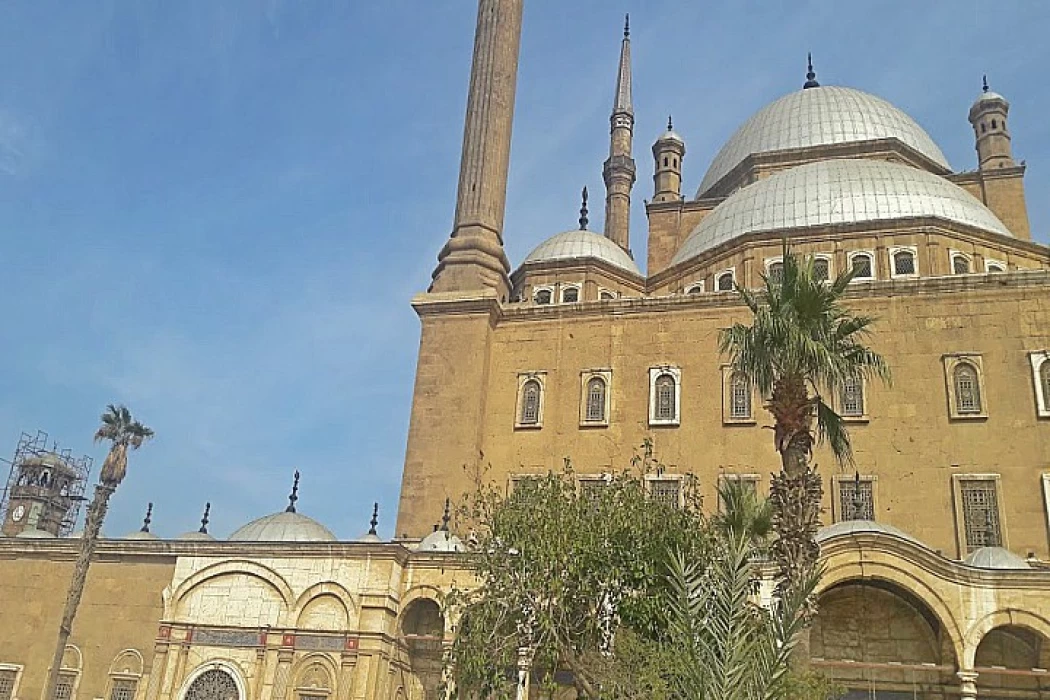
Mosque of Muhammad Ali | The Alabaster Mosque in Cairo
Mosque of Muhammed Ali
The architect, Yousif Boushnaq designed the plans of the mosque, based on the Sultan Ahmed Mosque in Istanbul, and the construction began in 1830 A.D. The work continued until the death of Mohamed Ali in 1849 and was restarted and finished during the reign of his successors. Muhamed Ali was buried in a tomb situated on the southeastern side of Beit Al Salah, on the right side of the entrance leading to the main section.
In 1899, the Mosque revealed signs of cracking, and repairs were begun because it is considered one of the important Islamic relics and things to do in Cairo, just some of these repairs were not sufficient. Therefore, in 1931, during the reign of King Fuad I, a committee was set up, comprising several great architects, which eventually presented a report recommending a huge change, They wanted the destruction of the big main dome, the semi-domes, and the small domes, and then reconstructing them according to the original design. Between 1931 and 1939, the project, including demolition, building, rebuilding, painting, and gilding, was undertaken; the total cost being 100,000 LE (about USD 560.00).
The main material used for the construction was limestone, but the lower parts of the Mosque and the forecourt are faced to a height of 11.5m with alabaster. When it was complete it was a marvel to behold.
The Mosque is rectangular in shape and consists of two sections:
The Western Section is called the "Sahn" "or "Courtyard".
The Eastern Section or main section is called The "Beit al-Salah" or "House of Prayer".
The eastern section is the part that was dedicated to prayer. It is square in shape, each side measuring 41m, and has a roof with a central dome (52m in height) resting on four large arches supported by massive piers. Surrounding the big central dome there are four half domes, while four more small domes are covering the corners.
The marble mihrab is covered by a half-dome at the lower level. The domes are pointed and covered with medallions and other motifs.
The interior dome is impressive because of its size and shape, similar to the Mosques of Istanbul. There are 6 medallions around the dome, which include the names of Allah and Mohamed (the Prophet), as well as the names of the four rightly guided Caliphs, namely Abou Bakr, Omar, Othman, and Ali.
The Mosque of Mohamed Ali Basha is one of the most commonly visited mosques in all of Egypt. In fact, it might even be the most visited mosque in the country.
There are several reasons why the mosque has proved to be so popular, over and above the fact that it’s such an elegant site. For example, the mosque also has extraordinarily high minarets, the view one gets from the top of the minarets is second to none. Visitors can see practically the entire city, including the Giza Plateau.
The mosque has 2 Minbars or pulpits; the original one is larger and made of wood decorated with gilded ornaments, while the smaller one is of marble; it was gifted to the mosque by King Farouk in 1939 A.D.

King Farouk
Above the entrance is a monumental gallery supported on marble pillars with a stunning bronze balustrade. To the right of the entrance is the white marble tomb of Mohamed Ali, adorned with floral motifs and pointed and gilded inscriptions.
Originally, Muhamed Ali was not buried in his mosque. Later, though, during the time of king Abbas I (1849-1854), his body was transferred from Housh El Basha to the inside of the mosque where it rests inside the bronze grill. Once you are in Egypt, Egypt Tours will take care of it through our highly qualified guides specialized in Egyptology, to make your visit to the land of the Pharaohs a success.
You can learn many interesting things about The Ancient Nubia | The Nubian Kingdom History and its history, which is connected to ancient Egypt.







